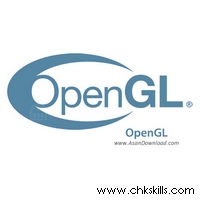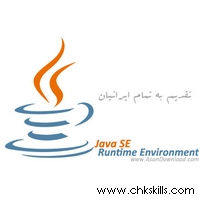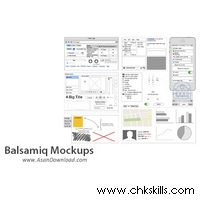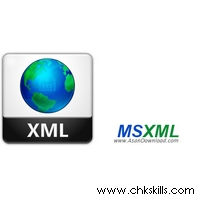Download OpenGL v2.0.0 + Extension Viewer v5.0 – Standard Graphic Programming API

OpenGL is a multi-threaded software development interface for 2D and 3D rendering. This programming interface is usually used to interact with the graphics processor and to obtain the accelerated rendering by hardware. OpenGL stands for Open Graphic Library, but OpenGL itself is by no means a software library and not open source software (since it does not contain any code); OpenGL is the only open standard for describing a graphical interface provided by many companies Developed and can be implemented with graphics, operating systems and software drivers. Openglia describes an abstract software programming interface for 2D and 3D graphics. Although the interface may be fully implemented, the OA is designed to be implemented almost entirely or fully in hardware.
This programming interface is defined as a number of functions that may be called by the client program, as well as a number of numeric constants (for example, GL_TEXTURE_2D, which corresponds to a decimal number of 3553). Although the definition of functions is supposedly similar to th, they are independent of the language.
In addition to being independent, it is an autonomous platform independent of the platform. Openjeal does not say anything about capturing and managing an OpenGL environment, leaving it as a window system detail. For this reason, OpenNGL is strictly focused on rendering and does not provide any interface for input, sound and window.
OpenGL is an evolving programming interface. New versions of the open source are regularly published by the Khronos Group, each of which extends this programming interface to support a variety of new features.
In addition to the new capabilities required by the core of the programming interface, GPU vendors may offer new features in the form of extensions. Plugins may introduce new features or constants, or they may reduce or eliminate the limitations of the current open source functionality. Vendors can use extensions to expose custom programming interfaces without the need to support other vendors, which increases the flexibility of the open source. All plugins are collected and defined by the OpenNuke directory.
The initial versions of the open source came with a companion library, which was called the GLU, an open-source toolkit. Gialli provided simple and useful features such as mime-making and mosaics that were unlikely to be supported by hardware at that time. The GLU specification was last updated in 1998 and recent releases depend on the features that are used by OpenGL 3.1 with the release of OpenGL in the 2009 Announced Announcement.
Context is a complicated process, and it also varies between different operating systems. Creating an Auto-Field is a common feature between game development libraries and user interfaces, including Sedial, Allegro, SFML, FLTK, and Quet.
Multiple libraries have been created only as a window with OpenGL capabilities. The first example of such libraries was GLUT (later replaced by freeglut). GLFW is also a newer alternative
Download
OpenGL version software with direct link – 1.5 MB Download software Extension Viewer with direct link – 10.7 MBPassword
Installation guide
– After downloading the program by WinRar , remove the files from the compressed state.
– The software is free and after installation and run it can be used without limitation.





I love it when people come together and share opinions, great blog, keep it up.
hello there and thank you for your information – I’ve definitely picked up something new from right here. I did however expertise some technical points using this web site, as I experienced to reload the website lots of times previous to I could get it to load properly. I had been wondering if your hosting is OK? Not that I’m complaining, but slow loading instances times will very frequently affect your placement in google and could damage your quality score if ads and marketing with Adwords. Well I’m adding this RSS to my email and could look out for much more of your respective interesting content. Ensure that you update this again very soon..
wonderful post.Ne’er knew this, thanks for letting me know.
Fantastic site. Lots of useful info here. I am sending it to some friends ans also sharing in delicious. And obviously, thanks for your sweat!
Hmm is anyone else experiencing problems with the pictures on this blog loading? I’m trying to determine if its a problem on my end or if it’s the blog. Any suggestions would be greatly appreciated.
Glad to be one of the visitors on this amazing internet site : D.
Hello! I could have sworn I’ve been to this blog before but after browsing through some of the post I realized it’s new to me. Anyways, I’m definitely happy I found it and I’ll be book-marking and checking back frequently!
demais este conteúdo. Gostei bastante. Aproveitem e vejam este site. informações, novidades e muito mais. Não deixem de acessar para saber mais. Obrigado a todos e até mais. 🙂
I enjoy the efforts you have put in this, thankyou for all the great content.
Hmm it seems like your site ate my first comment (it was extremely long) so I guess I’ll just sum it up what I had written and say, I’m thoroughly enjoying your blog. I as well am an aspiring blog blogger but I’m still new to the whole thing. Do you have any points for newbie blog writers? I’d genuinely appreciate it.